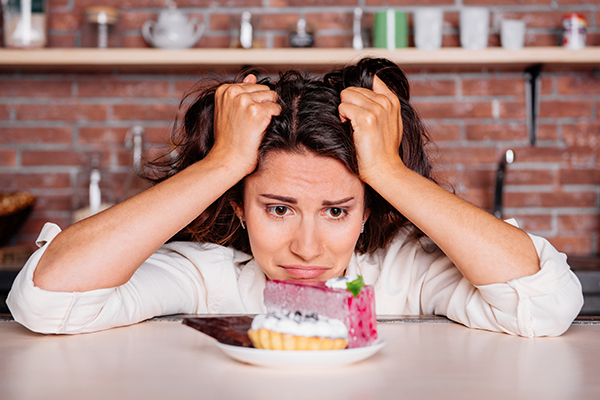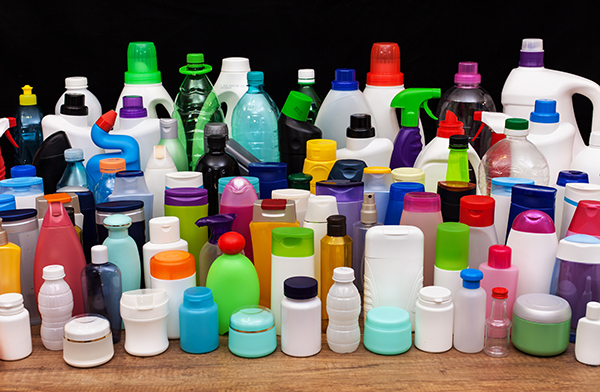Study reveals many hair care products contain a potentially dangerous compound that can harm the environment and humans
01/08/2024 / By Zoey Sky

People often use hair care products to keep their hair healthy and lustrous, but are these products really safe? According to the alarming results of one study, some hair care products often contain decamethylcyclopentasiloxane, a volatile compound more commonly known as D5.
In many countries, particularly those in the European Union (EU), the amount of D5 that can be used in products is limited because the compound has been found in aquatic ecosystems and marine life.
D5 also has lubricating properties. The ingredient gives a slippery and silky feeling when applied to the skin and hair, and it allows a product to spread more easily. This is why D5 is used in medical implants, lubricants, sealants and windshield coatings.
Details of the study were published in the journal Environmental Science & Technology. D5, also known as cyclopentasiloxane, is used in different personal care products, such as:
- Antiperspirant
- Concealer
- Deodorant
- Eyeliner
- Eye shadow
- Foundation
- Hair conditioner
- Hair detangling products
- Hair spray
- Hairstyling gel and lotion
- Lipstick
- Moisturizer with SPF
- Shampoo
- Sunscreen
- Waterproof mascara
D5 can harm the respiratory tract, liver and nervous system
The scientists who conducted the study reported that D5 has been found to “lead to adverse effects on the respiratory tract, liver, and nervous system of laboratory animals.”
Unlike the EU, the U.S. is not restricted in its use of D5 in personal care products. Because of this, a research team made up of experts from Indiana University and Purdue University tried to find out what, if any, amount of D5 is safe, particularly in indoor settings.
The study findings revealed that common leave-in hair care products expose people to a potentially toxic amount of D5. The exposure also increases when using appliances like hair straighteners. (Related: 7 TOXIC ingredients in cosmetics and personal care products.)
Researchers conducted the study in a specially controlled environment at Purdue University called the “Zero Energy Design Guidance for Engineers” (zEDGE).
zEDGE is a tiny house that allowed the researchers to control the air temperature, humidity and ventilation in different rooms, including the bathroom.
During 46 experiments, the scientists instructed the volunteers, who were between the ages of 18 and 65, to go through their typical hair care routine within the zEDGE under different air environments.
Using the zEDGE, the research team would make changes such as turning the exhaust fan on high, opening windows and venting air to the outside.
According to initial measurements, the study participants could inhale up to 20 milligrams (mg) of D5 per 20-minute hair session in a room without ventilation.
The researchers also reported that the volunteers with longer hair were exposed to 2.5 to 5.4 more emissions than individuals with short hair. Additionally, if the volunteers used appliances to heat their hair, exposure increased.
The worst offender was hair straighteners, which increased an individual’s exposure to volatile organic compounds (VOCs) by 145 percent, versus a curling iron, which increased exposure by at least 65 percent.
To avoid exposure, the scientists recommended avoiding the products altogether.
If this isn’t an option, they said the next best solution would be to run an exhaust fan while using such products. The researchers explained that turning on a fan could reduce peak exposure by at least 70 percent, and the concentration is reduced by up to 95 percent after 20 minutes.
However, even using a fan has disadvantages. The researchers said that exposure to the chemicals didn’t stop with the person who coifed their hair.
Depending on the ventilation system, other people, including those outdoors and in urban environments, could be at risk for exposure to VOCs, particularly D5.
While past research showed that wash-off products containing D5 are not toxic to humans, animals or aquatic organisms, the silicone-based chemical can also accumulate.
The EU has enforced a strict limit on D5 because of how much it accumulates in the water. Experts have voiced their concerns because the chemical bioaccumulates through the food chain once it builds up in a body of water.
Visit Chemicals.news to learn about other harmful chemicals used in hair care products and how to avoid them.
Watch the video below to learn how organic jojoba oil can help support healthy hair and skin.
This video is from the Health Ranger Store channel on Brighteon.com.
More related stories:
Common chemicals in shampoo and soap found to increase diabetes risk in women.
CHEMICALS LIST: Toxic ingredients in cosmetics and personal care products.
Personal care products are responsible for a large amount of smog hanging over cities.
Sources include:
Submit a correction >>
Tagged Under:
chemicals, Cosmetics, D5, Decamethylcyclopentasiloxane, environment, health science, Personal care products, poison, products, real investigations, research, toxic chemicals, toxic ingredients, toxins, VOCs, volatile organic compounds, women's health
This article may contain statements that reflect the opinion of the author
RECENT NEWS & ARTICLES
COPYRIGHT © 2017 INGREDIENTS NEWS




















